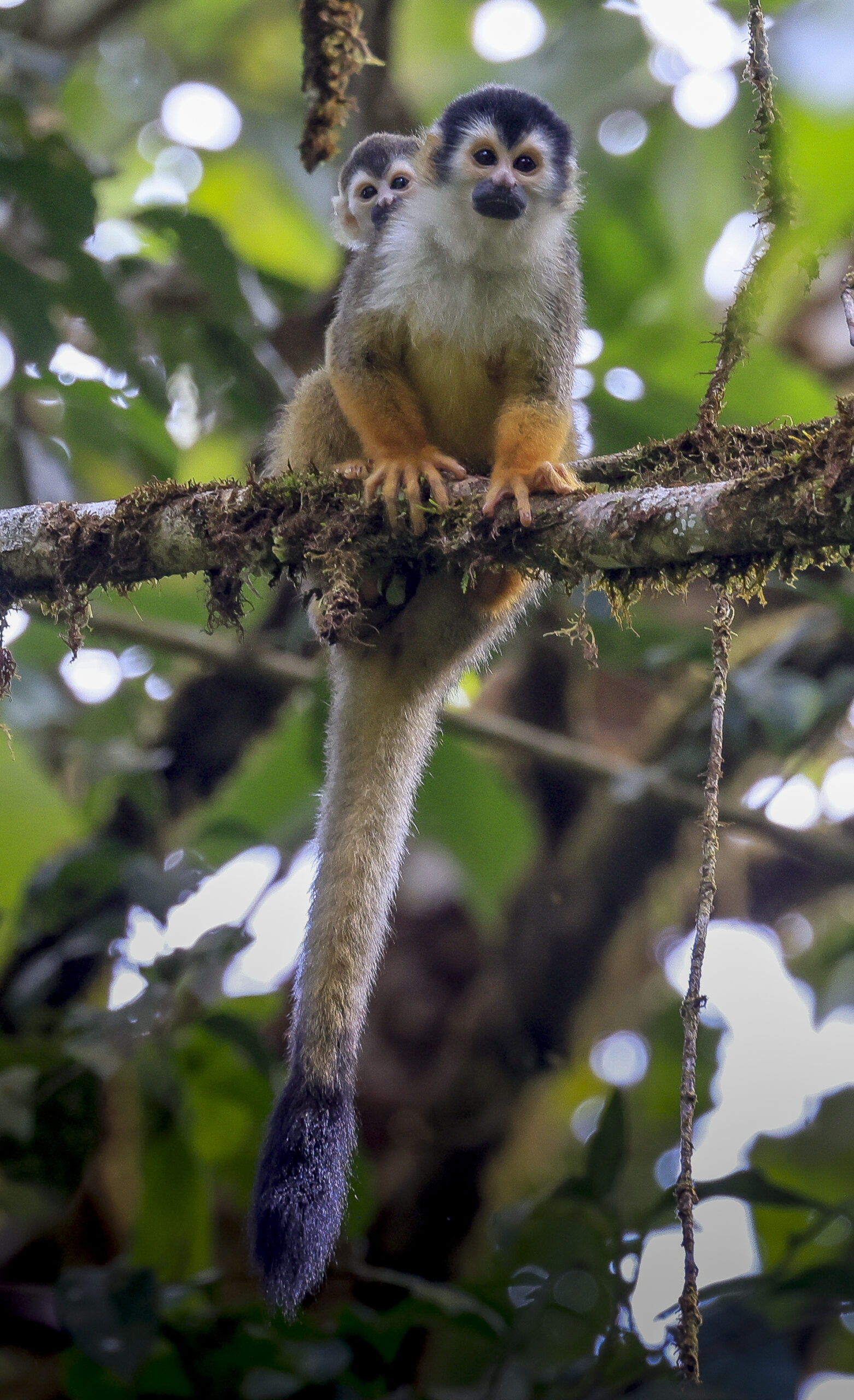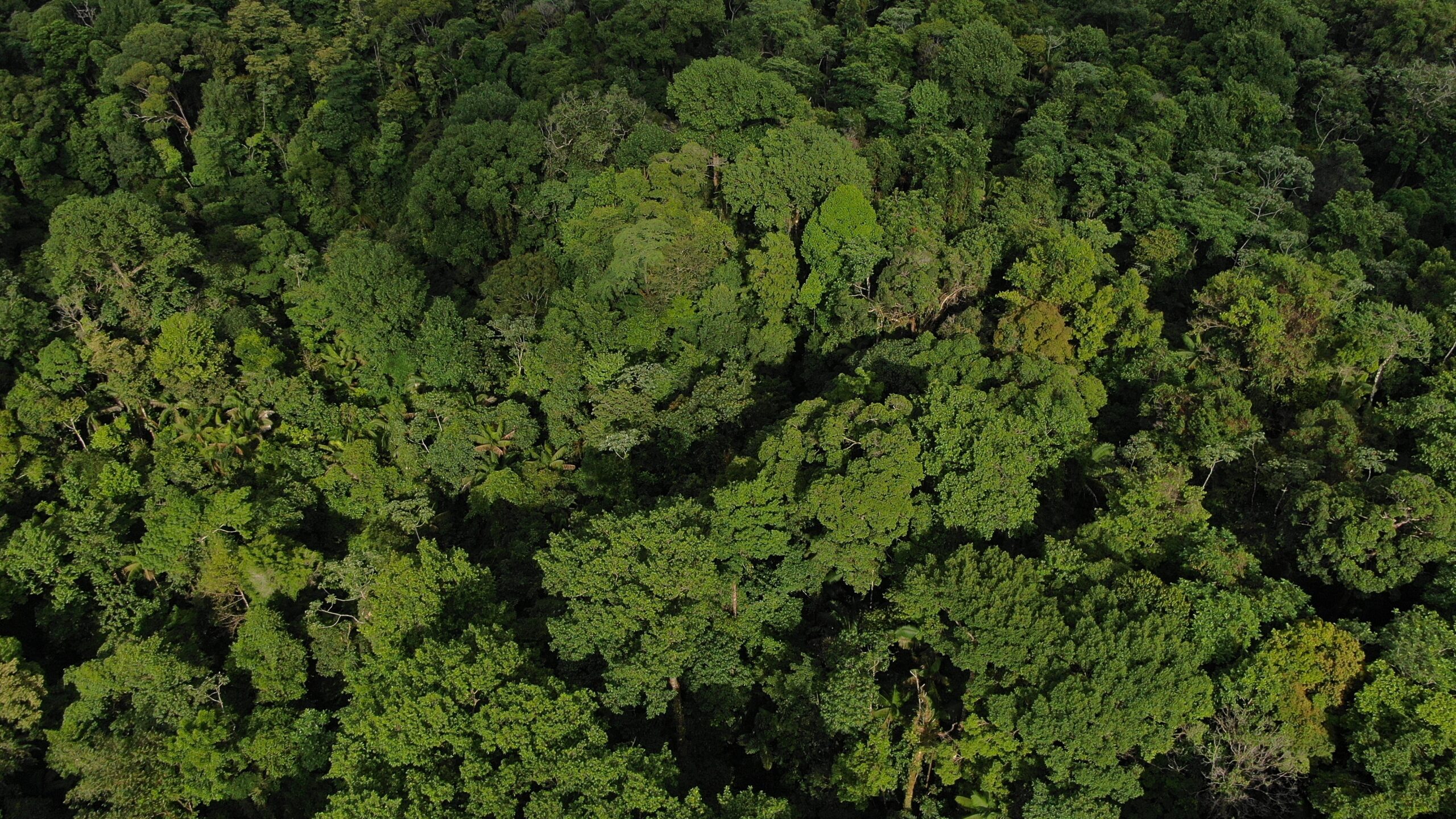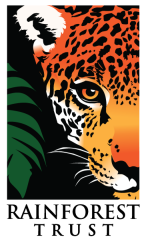
Although the Pacific slope of western Panama is now dominated by agricultural fields, it was once covered by pristine lowland rainforest. The few rainforests remaining in this region are a living memory of this past landscape, and a haven for the species that live there.
The San Bartolo Private Nature Reserve is ADOPTA´s second land conservation initiative (afte Cerro Chucantí). Located along the Costa Rica/Panama border, this area contains some of the last lowland rainforest remnants on the Pacific slope of western Panama. San Bartolo is also part of an important Key Biodiversity Area (KBA #19269) and harbors wildlife otherwise restricted to extreme southeastern Costa Rica.
Alongside various regionally endemic species, this region is home to the Central American Squirrel Monkey (Saimiri oerstedii, pictured) and Golfito Robber Frog (Craugastor taurus), Endangered [EN] globally. Preliminary surveys have revealed numerous country records, such as Black-cheeked Ant-Tanager (Habia atrimaxillaris), and plants like Calathea vinosa (Marantaceae) and Dracontium pittieri (Araceae). San Bartolo may also be the last stronghold in Panama for the Vulnerable [VU] Black-headed Bushmaster (Lachesis melanocephala).

Most of the forest other than San Bartolo is privately owned, has no formal protection, and is in constant danger of being cleared for cattle ranching and other agricultural activities. This, in turn, poses a serious threat to the ecosystems within the San Bartolo reserve, as illegal logging and loss of surrounding habitat put heavy pressure on the remaining forest patches.
Explore the Reserve
An intact memory of a historical landscape, the San Bartolo Reserve contains a unique environment that has almost disappeared from Panama. Rare birds, unique plants and species new to science - there's a lot to discover here!
Explore the Reserve
An intact memory of a historical landscape, the San Bartolo Reserve contains a unique environment that has almost disappeared from Panama. Rare birds, unique plants and species new to science - there's a lot to discover here!

Species highlight:
Three-Wattled Bellbird
(Procnias tricarunculatus)
Some species are more difficult to protect than others. Animals that travel regularly are particularly difficult, as they require many different areas to survive. We may be able to protect a bird's breeding habitat, for example, but if they spend the rest of the year in an unprotected landscape, they may not survive to return to the protected area.
This is exactly what has been happening to the three-wattled bellbird. Known and named for their loud, resounding calls, these birds breed in the highlands of western Panama from March through June. Out of season, bellbirds migrate to lowland rainforests closer to the coast. However, these lowland forests, especially on the Pacific coast, are experiencing high rates of deforestation. The resulting habitat loss has led to this species being declared Vulnerable [VU] by the IUCN. Lowland reserves like San Bartolo are vital to ensure that this species survives into the future.
History
The Association of Friends of the Flora and Fauna of Barú (AFFABA), in conjunction with the National Environmental Authority and the Municipality of Barú, managed to promulgate the Mayor's Decree of November 9, 1995 declaring the region of El Chorogo (including the area of San Reserva Bartolo) a Protected Area and Ecological Sanctuary of Border Protector Forest. This effort was further supported by Dr. George Angehr, along with other scientists from the Smithsonian Tropical Research Institute (STRI) and the Panama Audubon Society. Unfortunately, despite acknowledging the threats to these forests, this regulation was unable to stop these pressures due to a lack of resources and enforcement.
Although recently acquired by ADOPTA, the San Bartolo reserve was first established in 2003, when Adela Carles Saavedra de Adsett, a member of the Panama Audubon Society, purchased a 105-hectare farm adjacent to the El Chorogo Private Nature Reserve (owned by and managed by Audubon Panama).



